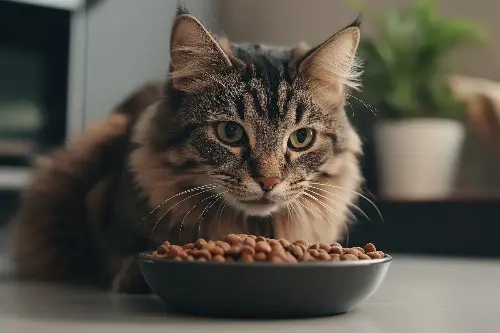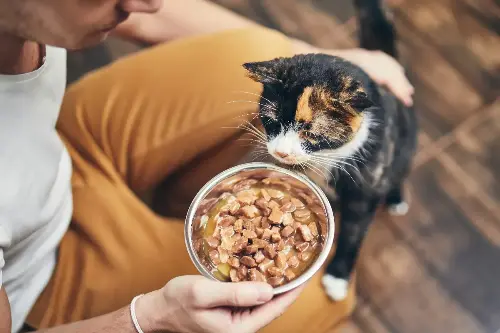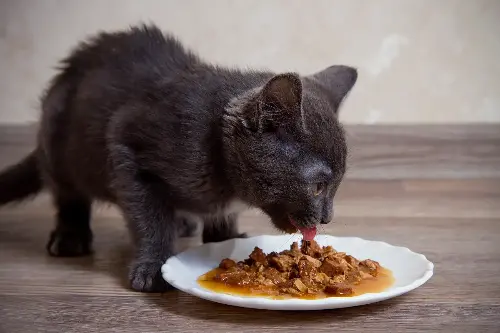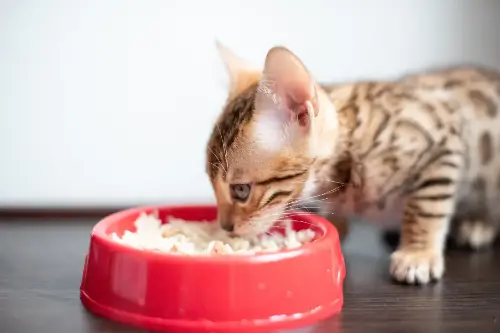When it comes to feline health, nutrition takes centre stage. As a pet owner, you hold the whiskers of your cat’s wellbeing in your hands at each meal. With a plethora of options cluttering the pet food aisles, making the right choice can feel akin to finding a needle in a haystack. Yet, delve a little deeper, and you'll find that fueling your furry friend's vitality and purrs is within paw’s reach.

Understanding Feline Nutrition
Cats are obligate carnivores, meaning that they require nutrients found only in animal products to thrive. Proteins are the foundation of any respectable cat diet, essential for muscle maintenance, a robust immune system, and overall body function. Taurine, an amino acid found in meat, is crucial for heart health, digestion, and eyesight, and must be present in your cat’s diet.
However, it's not just about packing protein into their food bowl. Your cat also needs a balanced diet with the right amounts of fats for energy, as well as vitamins and minerals to support body processes. Unlike dogs, cats have a limited ability to digest carbohydrates, so while some can be beneficial for energy, they should not dominate the ingredient list.
Decoding Ingredients and Labels
Navigating pet food labels is much like reading a complex recipe that’s missing half the method. But a few tips can turn the tide. Premium cat foods often list real meat, fish, or poultry as the first ingredient – an excellent sign of quality. By-products and meat meals can also provide necessary nutrients, but it’s important to ensure they come from reputable sources.
Next, scan for fillers. These are ingredients added to bulk up the food without providing significant nutritional benefit. Corn and wheat are commonly used fillers that can cause allergies and digestive issues in some cats. If these are high on the ingredients list, reconsider your selection.

Specialised Diets for Specific Needs
Just as each cat is unique in personality, their dietary needs can also differ. Kittens and senior cats, active outdoor explorers, and indoor couch paw-tatoes all require tailored nutrition. Kittens necessitate high levels of protein and calories to support their rapid growth, whereas older cats may need more easily digestible food with added joint support.
Overweight cats benefit from diets with higher protein and fibre but lower fat. Cats with urinary tract issues may require food with controlled mineral levels to prevent stone formation. Always consult with your vet to understand your cat’s individual needs, and to identify any underlying health issues that might be addressed through diet.
Quality Over Quantity: Wet vs Dry Food
The 'wet food vs dry food' debate continues to intrigue cat connoisseurs the world over. Wet food typically offers higher moisture content, which can be beneficial for avoiding dehydration and maintaining urinary tract health. It often has fewer carbohydrates and mimics a cat's natural diet.
Dry food, on the other hand, is convenient and can be better for oral health, as it helps to reduce tartar build-up. Some cats prefer the crunch of dry kibble, so a mix of the two might be the compromise that reigns supreme in your household. The key lies in selecting high-quality options in both categories, made with real meats and low in fillers.

The Organic and Natural Trend
The trend of organic and natural cat foods aligns closely with the human health food movement. For the discerning feline palate, these options promise fewer pesticides, GMOs, and artificial additives. While these diets can be beneficial, it’s crucial to ensure they meet the nutritional standards necessary for your cat’s health. Look for certifications and endorsements from recognised pet food authorities.
Debunking the Grain-Free Myth
Recently, there has been a surge in grain-free diets for cats. While this seems a logical match for their carnivorous leanings, it's not necessarily a one-size-fits-all solution. Unless your cat has a specific allergy or intolerance to grains, a small amount in their food can be beneficial. Whole grains and brown rice can offer valuable fibre and nutrients.

Treats: The Icing on the Cat Cake
Treats are the delightful divergence from routine that can also serve a nutritional purpose. Dental treats can assist in maintaining oral health, and those with added nutrients like omega fatty acids can improve skin and coat condition. While treats can provide enrichment and bonding opportunities, remember they should only make up a small portion of your cat’s overall intake to prevent weight gain.
In conclusion, every cat deserves a diet that sates their hunger, satisfies their taste buds, and sustains their health. By becoming a savvy label reader, understanding the nutritional needs of your feline friend, and consulting your vet for personalised advice, you can transform mealtime into a joyous, nutritional feast – one that will keep your cat thriving, leaping, and purring for years to come. With a little effort and knowledge, the best cat food choice is not just possible; it's within reach. So, here’s to happy, healthy felines and the meals that help make them so.
